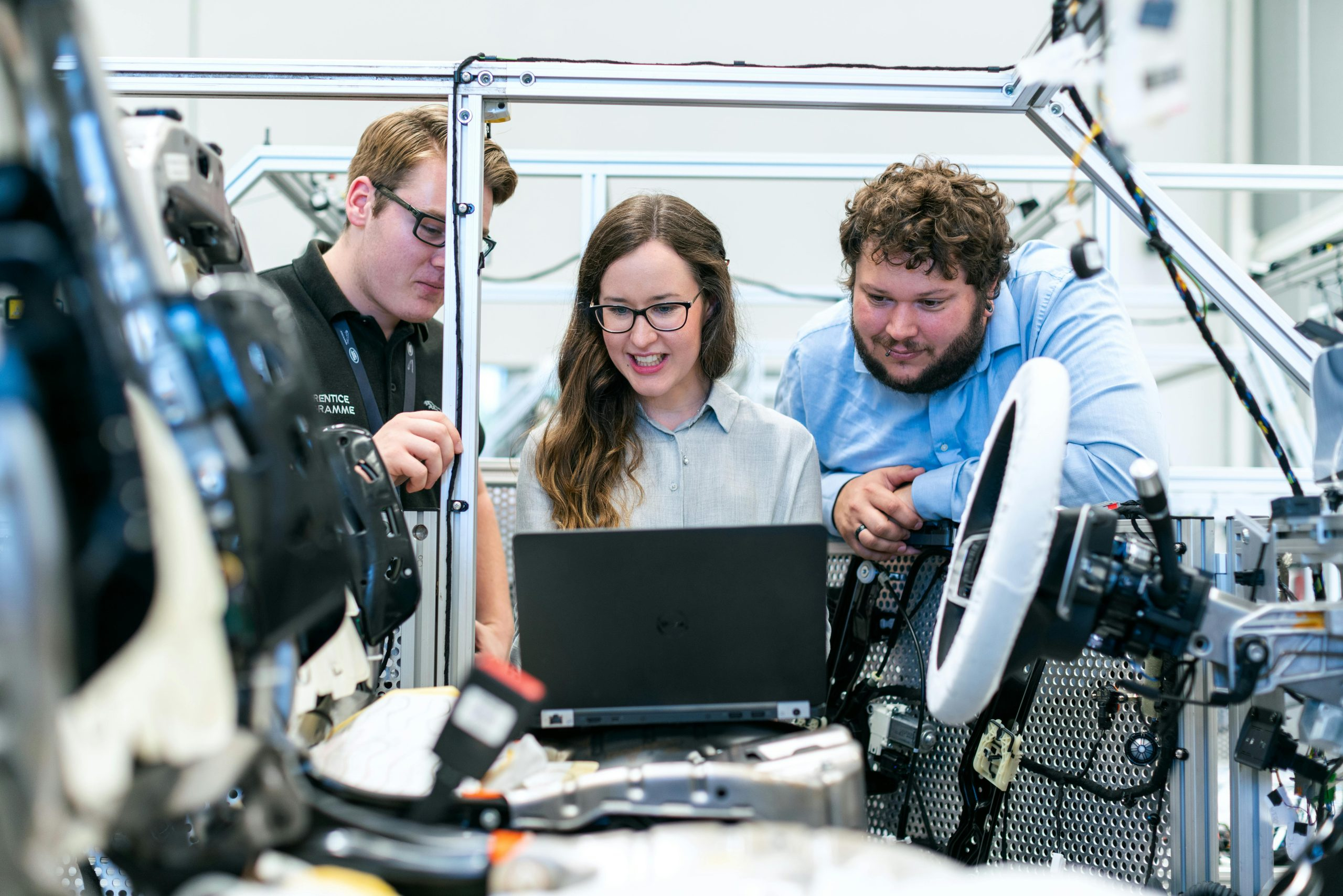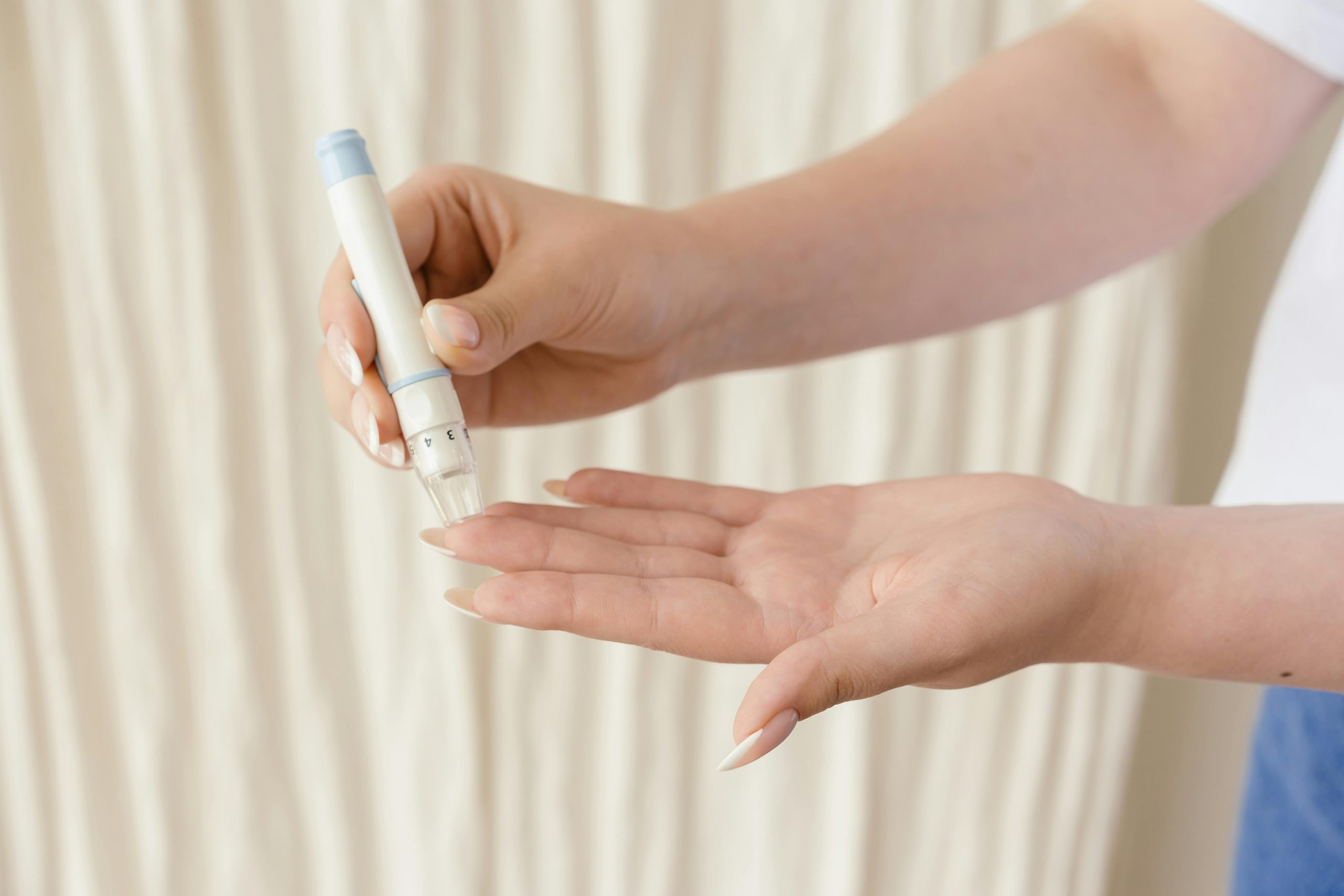The Role of Gadgets in Improving Accessibility for Everyone
Technology has taken over our lives. From the most basic tasks to the most complex ones, gadgets have become an integral part of our daily routines. While these gadgets have become synonymous with convenience and entertainment, they also play a crucial role in improving accessibility for everyone. From people with disabilities to the elderly, gadgets have paved the way for a more inclusive society. In this article, we will explore the various ways in which gadgets are transforming accessibility and making it easier for everyone to navigate through life.
The Evolution of Gadgets and Accessibility
The concept of accessibility is not new. People with disabilities have long faced challenges in accessing and utilizing various products and services. It was not until the advent of technology that this issue started to improve. With the development of gadgets such as smartphones, tablets, and smartwatches, accessibility has reached new heights. These revolutionary devices have not only made our lives easier but have also opened doors of opportunities for people with disabilities.
Smartphones: A Key Player in Accessibility
Smartphones have become an integral part of our lives. These compact devices not only keep us connected but also act as a gateway to endless possibilities. With the development of assistive technologies and specialized applications, smartphones have become an essential tool for people with disabilities. From screen readers to voice recognition software, these devices have made it possible for people with visual, hearing, and motor disabilities to navigate through their daily lives with ease.
Apps like Be My Eyes and Seeing AI, designed for the visually impaired, use the smartphone’s camera to identify objects, read text, and even describe the surroundings in real-time. This allows people with vision impairments to access information and perform tasks that were previously impossible. Similarly, apps like Ava and Google Live Transcribe provide real-time transcription for people with hearing impairments, making conversations and lectures more accessible.
The Power of Wearable Gadgets
Wearable gadgets, like smartwatches, have also played a significant role in improving accessibility. These devices offer features like vibration alerts, voice activation, and gesture control, making it easier for people with disabilities to operate them. Smartwatches have proved to be beneficial for people with hearing impairments, as they can use the vibration alerts to receive notifications and keep track of time without having to rely on sound.
In addition, wearable gadgets have also made significant strides in the health and fitness industry. With features like heart rate monitoring and step counting, these devices have made it easier for people with disabilities to keep track of their health and stay active. This has a positive impact on their physical and mental well-being.
The Impact of Gadgets on the Elderly
Apart from people with disabilities, gadgets have also played a crucial role in improving accessibility for the elderly. As people age, simple tasks like communicating with loved ones and managing daily routines can become challenging. Gadgets like smartphones and tablets have made it possible for the elderly to stay connected with their families and friends through video calls and messaging apps.
Moreover, gadgets have also made it easier for the elderly to access important information and services. With the rise of e-commerce and online banking, the elderly can now shop and manage their finances with just a few taps on their devices. This has reduced their dependency on others and given them a sense of independence and empowerment.
The Future of Gadgets and Accessibility
As technology continues to evolve, the future looks even more promising for people with disabilities and the elderly. The ongoing development of artificial intelligence and virtual reality has the potential to open new doors for accessibility. Companies like Microsoft and Google are already investing in AI-driven accessibility tools that can provide personalized assistance to people with disabilities.
Moreover, as we move towards a more interconnected world, gadgets are becoming smarter and more intuitive. This will make it easier for people with disabilities to interact with their surroundings and access information effortlessly. The rise of smart homes, equipped with assistive gadgets and voice-controlled devices, will also make it easier for people with disabilities to manage their households and perform daily tasks.
The Bottom Line
The role of gadgets in improving accessibility for everyone cannot be understated. These devices have not only improved the quality of life for people with disabilities but have also made the world a more inclusive place. As we continue to embrace technology in our daily lives, it is essential to ensure that it is accessible to everyone. By incorporating accessibility in gadget design and development, we can create a society where everyone has equal access to information and opportunities.
In conclusion, gadgets are not just convenient or entertaining devices; they are tools for empowerment and inclusion. With the continuous development of new technologies, the future holds endless possibilities for people with disabilities and the elderly. It is up to us to embrace these changes and work towards creating a world where accessibility is the norm, not an afterthought.










